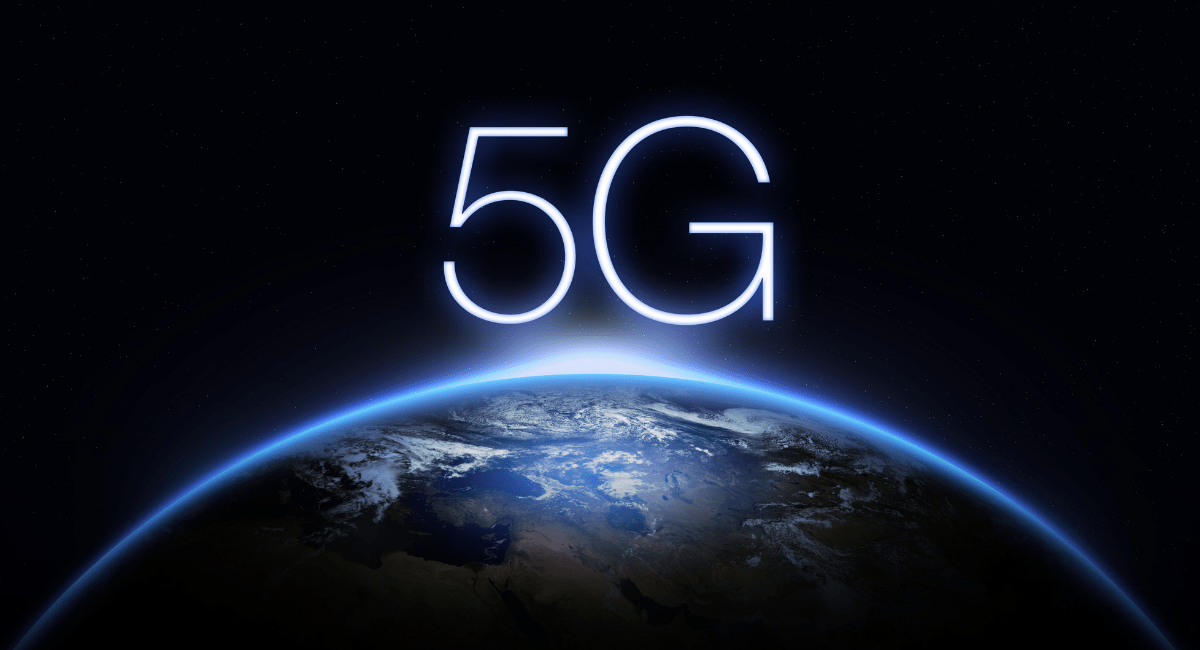5G For Business Networks in 2023 – What You Need to Know
Business leaders around the world should be tapping all available resources to understand how 5G will transform their industry. Further, they can partner with IT to position their business for the possibilities that the next generation in cellular networks present.
Advancements in edge computing offerings are coinciding with the rollout of 5G, multiplying the potential applications for industries including manufacturing, entertainment, retail, healthcare, gaming, logistics, …and pretty much any operation that can benefit from higher throughput, lower latency, and processing at the edge.
Mobile Technology And 5G
Mobile technology has witnessed a major advancement about every 10 years beginning with the basic mobile calling commercial offerings of 1G in the 1980s. The ‘90s added messaging services with 2G, followed by internet access with 3G in the early 2000s. Major advancements in carrier core networks coincided with 4G to offer better and faster mobile broadband in the 2010s, enabling a wide array SaaS offerings and data network access options. The 5th generation cellular network (5G) brings higher speeds, lower latency, and limitless possibilities for advancements in commerce and personal communications.
Carriers have already implemented Low-Band 5G in selected geographies around the country using spectrum below 1GHz, offering a slight performance improvement to 4G LTE. T-Mobile took an early lead in the deployment and is being followed by the other major carriers. For business users familiar with 4G LTE network backup services, 5G capabilities will be more widely available throughout 2022 but again, Low-Band 5G performance improvement will be incremental over existing services.
Mid-Band 5G
The Mid-Band 5G capacity layer uses higher frequency radio waves and includes 4G frequencies to complete a range of 3.5GHz-6GHz. At this layer you can expect download speeds of 500-1000Mbps and latency of 8-12ms, which is suitable for existing and emerging applications such as HD visual recognition and IoT solutions with a high density of connected devices. Performance will be largely dictated by proximity to cell sites with lower bands extending further from the nodes and offering better penetration of windows and walls. It is likely that Mid-Band rollout will take several years to reach ubiquity in the most populated areas so IT teams will need to collaborate closely with the business to align expectations.
High-Band 5G
The High-Band 5G capacity layer operates at 24GHz-40GHz millimeter wave spectrum and offers download speeds of 1-3Gbps and 8-12ms of latency. Millimeter wave signals travel a mile or less and are susceptible to interference, including glass, driving up the costs and extending timelines for deployment. Hi-Band investments are being made in targeted cities such as Las Vegas and at highly trafficked metro zones, venues, and campuses. ATT 5G+ is a High-Band offering available only to enterprises in select cities, but we expect most of the major carriers to compete hard with small cells and beam-forming techniques to build out profitable nodes throughout 2022 and beyond.

Device Carriers and Devices
As expected, hardware manufacturers are rolling out new devices to meet the rapidly evolving opportunity presented by 5G. Expect to see many more outdoor modems on office buildings that are positioned to seek the best possible 5G signal supported by their carrier(s). Even devices as small as a USB are available to support solutions like kiosks and mobile health care tools. Each application will require hardware that operates in the subscribed spectrum or spectra, with some industrial devices using millimeter wave with LTE backup, for example.

5G is a technology pillar that is enabling the emerging 4th industrial revolution and Macronet Services has the experience and the service provider portfolio to help business executives and IT leaders position for success. Contact us anytime to discuss how we can collaborate with your teams to bring together ideas and technology solutions to build a plan for success.
Related Posts
3 Comments
Comments are closed.
Recent Posts
- The AI Privacy Engineer: Architecting Trust and Compliance in the Age of AI
- AI in CCaaS RFPs: Essential Features for Next-Gen Contact Centers
- The Future of CCaaS: How AI Will Transform Contact Centers by 2035
- Tier 1 vs Tier 2 vs Tier 3 ISPs Explained: The Complete Guide for IT Leaders
- America’s AI Action Plan 2025: What CEOs, CIOs, and CFOs Need to Know
Archives
- September 2025
- August 2025
- July 2025
- June 2025
- May 2025
- April 2025
- March 2025
- February 2025
- January 2025
- December 2024
- November 2024
- October 2024
- September 2024
- August 2024
- July 2024
- June 2024
- May 2024
- April 2024
- March 2024
- February 2024
- January 2024
- December 2023
- November 2023
- October 2023
- September 2023
- August 2023
- July 2023
- June 2023
- May 2023
- April 2023
- March 2023
- February 2023
- January 2023
- December 2022
- November 2022
- October 2022
- September 2022
- August 2022
- July 2022
- June 2022
- May 2022
- April 2022
- March 2022
- February 2022
- January 2022
- December 2021
- November 2021
- October 2021
- September 2021
- August 2021
- July 2021
- June 2021
- May 2021
- April 2021
- March 2021
- December 2020
- September 2020
- August 2020
- July 2020
- June 2020
Categories
- All (19)
- Satellite (1)
- Artificial Intelligence (8)
- Travel (1)
- Sports (1)
- Music (1)
- News (278)
- Design (3)
- Clients (12)
- Uncategorized (1)
- Tips & tricks (25)
- Inspiration (9)
- Client story (1)
- Unified Communications (196)
- Wide Area Network (309)
- Cloud SaaS (60)
- Security Services (71)





[…] can be annoying and time consuming, opt to have this outsourced, it’s short money. However, if 5G becomes your focus in 2022, lookout as it’s not one-size fits all especially with the devices […]
[…] 5G for Business Networks – Great article on what is 5G for enterprise networking. […]
[…] the realities of performance metrics from your physical location. As you can read in our article on 5G, performance varies widely based on physical location and may only be fully tested by placing […]